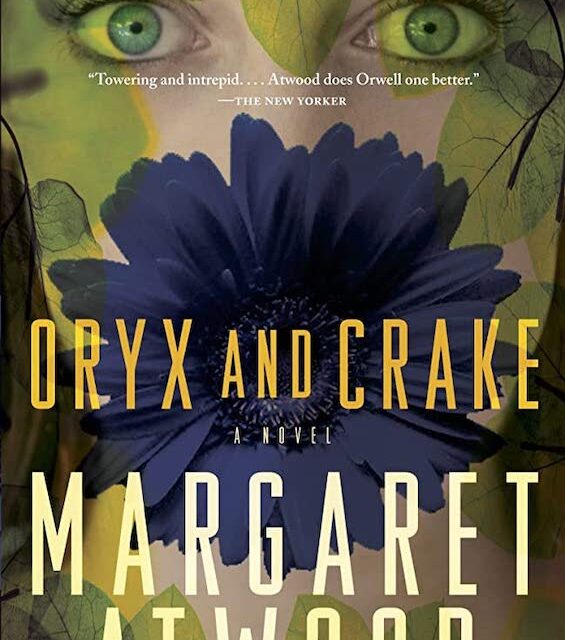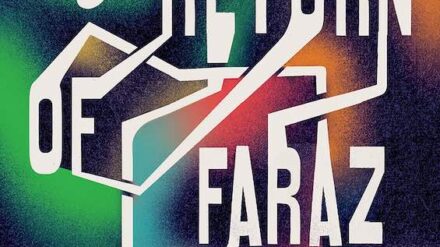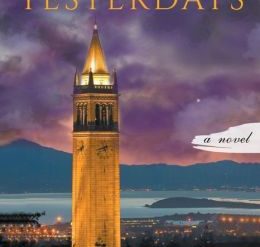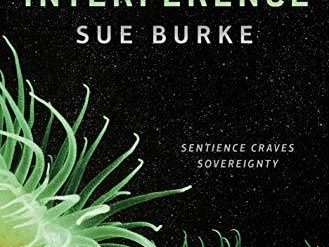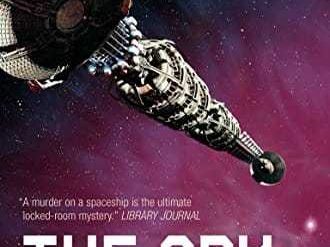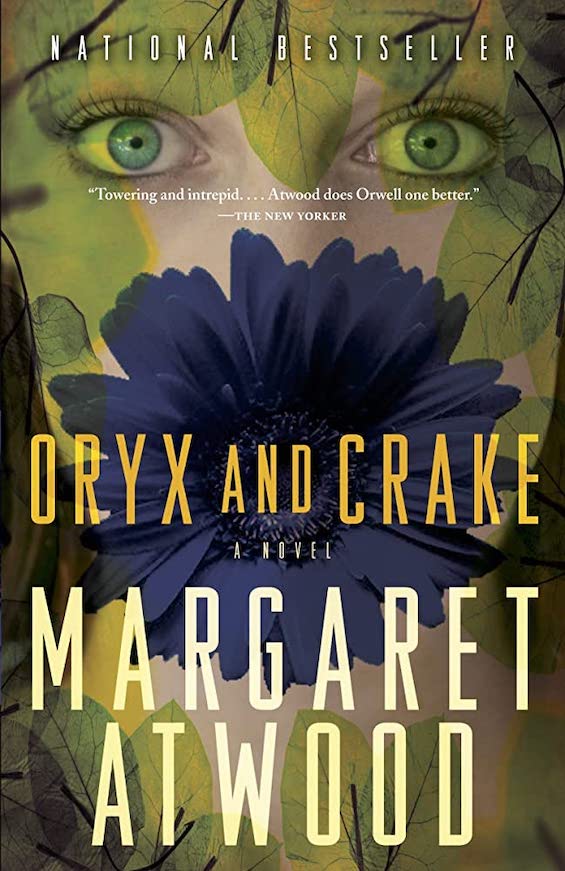
For several hundred years, since the advent of the Enlightenment, the idea of the perfectibility of the human project has dominated what is broadly called Western thought. Believing, somehow, against all available evidence, leading thinkers from Rousseau and Jefferson to Marx posited that the human race could proceed from triumph to triumph on its way to, well, Utopia. This was a new idea for its time, since it clashed with the age-old notion that life and history alike were governed by cycles—the cycles of the moon, the sun, the seasons, life and death themselves. And yet the conviction that humankind was on a relentless forward march continued to be widely shared among philosophers and the business elite, the many naysayers notwithstanding. Utopian thinking reached its peak in the Victorian Era.
Then came the 20th Century. Evidence began to accumulate that history didn’t move in a straight line, that somehow humanity possessed the capacity to disrupt the forward motion of our species solely through our own devisings. If two world wars in succession didn’t betray the optimists, Hiroshima, the Cold War, and, later, climate change would prove sufficient to darken the horizon.
Estimated reading time: 5 minutes
With a new century, a flood of dystopian fiction
The disruptions and uncertainties of the 20th century, and later the 21st, brought an explosion of dystopian fiction. Ray Bradbury (Fahrenheit 451). George Orwell (1984). Anthony Burgess (A Clockwork Orange). Philip K. Dick (Do Androids Dream of Electric Sheep?). And, most recently, Suzanne Collins (The Hunger Games) and Veronica Roth (Divergent). The work of the celebrated Canadian novelist Margaret Atwood falls squarely in this tradition. Widely respected for her poetry and literary fiction, Atwood
Oryx and Crake (MaddAddam Trilogy #1) by Margaret Atwood (2003) 402 pages ★★★★☆
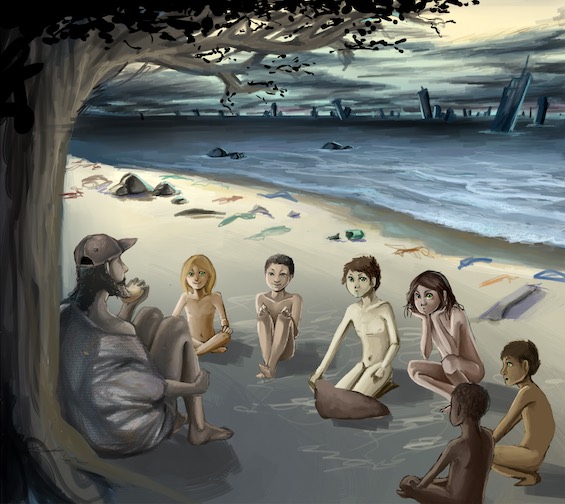
The opening salvo in a trilogy
Published in 2003, Oryx and Crake is the first book of the Maddaddam Trilogy, and a powerful one it is, as the literary establishment recognized. (The novel was shortlisted for the Man Booker Prize for Fiction.)
Atwood sets her tale in what appears to be the late 21st Century following catastrophic climate change and . . . something else. Long gone now after that event are the multinational corporations that designed the world to their specifications. Whatever it was that happened was so severe that Atwood’s protagonist, a young man named Jimmy who now styles himself as Snowman, believes he is the only human being left alive on Planet Earth. His only companions are vicious, genetically engineered hybrid animals gone feral—wolvogs, pigoons, rakunks, and such—and a small community of gentle near-humans who live by grazing on grass and trees. He calls them Crakers, after his nickname for the genetic engineer, a childhood friend, who may have been responsible for designing them. Meanwhile, Snowman survives by scavenging through the moldering remains of his lost civilization.
Atwood writes brilliant dystopian fiction
With consummate skill, Atwood gradually reveals the backstory through flashbacks, as Snowman recalls, episode by episode, how things came to be the way they are. We learn of his complex relationships with Oryx and Crake, and of their pivotal roles in the catastrophe. The former is a petite and beautiful former child prostitute, now the love of Snowman’s life. The latter a brilliant young man who was his best friend since childhood.
Oryx and Crake is brilliant speculative fiction—a cautionary tale about the prospects for the human race that veers dangerously close to today’s reality.
However, there are times I wish readers could edit the books we read. Were that the case, I would correct the glaring anachronisms in Oryx and Crake, finding some workaround for the frequent mention of CDs and DVDs that somehow seem to have survived the passage of most of the 21st Century. In the novel, they unaccountably remain in active use even as the planet is plunging toward catastrophe. It’s difficult to reconcile this bonehead error with the brilliance of Atwood’s writing. This is outstanding dystopian fiction, but with flaws.
About the author
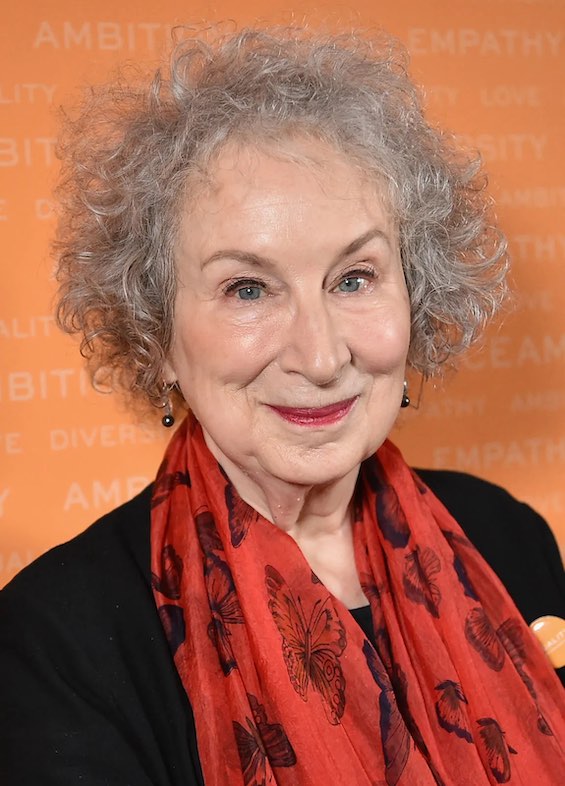
As she reveals on her author website, “Margaret Atwood was born in 1939 in Ottawa, and grew up in northern Ontario and Quebec, and in Toronto. She received her undergraduate degree from Victoria College at the University of Toronto and her master’s degree from Radcliffe College.” Wikipedia characterizes her as “a Canadian poet, novelist, literary critic, essayist, teacher, environmental activist, and inventor. Since 1961, she has published eighteen books of poetry, eighteen novels, eleven books of non-fiction, nine collections of short fiction, eight children’s books, two graphic novels, and a number of small press editions of both poetry and fiction.” She has won numerous awards for her writing.
For related reading
I’ve also reviewed the subsequent two volumes of the MaddAddam Trilogy:
- The Year of the Flood (Margaret Atwood’s imaginative view of our future (you won’t like it))
- MaddAddam (Margaret Atwood’s classic dystopian fiction)
You’ll find this book at 20 good nonfiction books about the future, 10 great medical and biological thrillers, and many Good books about climate change.
For more good reading, check out:
- These novels won both Hugo and Nebula Awards
- The ultimate guide to the all-time best science fiction novels
- 10 top science fiction novels
- Ten new science fiction authors worth reading now
- The top 10 dystopian novels reviewed here
And you can always find my most popular reviews, and the most recent ones, on the Home Page.

